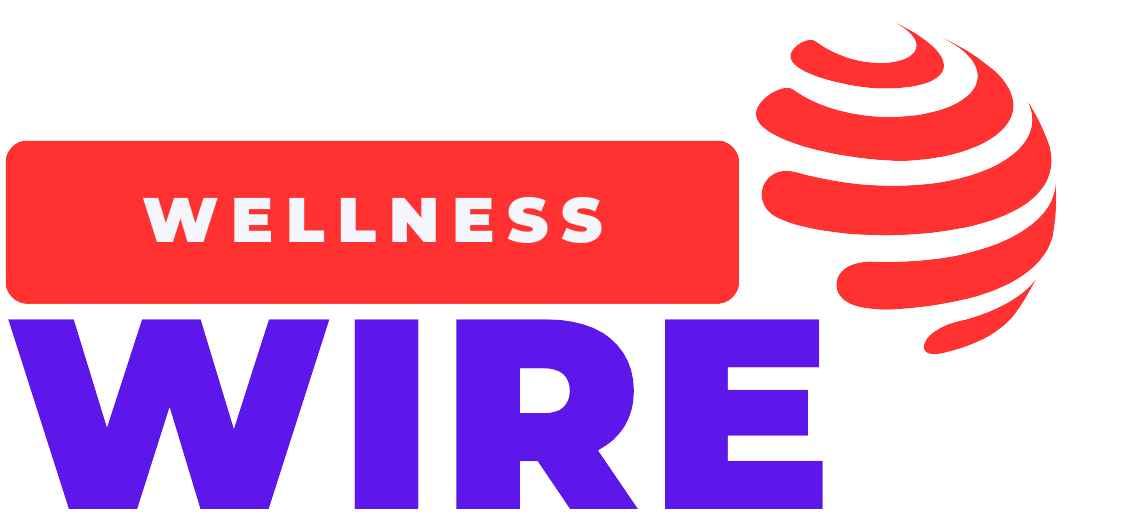The Hidden Toll of Telehealth: Why Virtual Care Isn’t Always the Cure
Telehealth promised accessible care for all, but it's also leading to burnout, misdiagnosis, and emotional disconnect. Discover the causes, consequences, and expert-backed solutions to telehealth fatigue.

Telehealth was hailed as a revolutionary solution to modern healthcare challenges — bridging distances, reducing wait times, and bringing medical support to our fingertips. During the COVID-19 pandemic, virtual appointments exploded in popularity, becoming a lifeline for millions. But now, as the digital dust settles, a quieter crisis is emerging: telehealth fatigue.
While virtual care continues to play an important role in modern healthcare, it’s becoming clear that it's not a perfect substitute for in-person interactions. Patients and providers alike are facing new stressors that weren’t anticipated when telehealth adoption surged. This article dives into the reality of telehealth fatigue, exploring its causes, consequences, and what healthcare professionals are doing to adapt.
What Is Telehealth Fatigue?
Telehealth fatigue refers to the physical, emotional, and cognitive exhaustion experienced by patients and providers due to over-reliance on virtual consultations. Unlike standard “Zoom fatigue,” telehealth adds layers of personal vulnerability, diagnostic responsibility, and emotional labor.
According to a 2023 study published by the Journal of Medical Internet Research, over 60% of surveyed physicians reported increased cognitive load during telehealth sessions compared to in-person visits. Patients echoed this sentiment, with many expressing frustration over miscommunications, technical glitches, and the lack of human warmth in virtual settings.
Why Telehealth Isn’t Always the Best Option
While telehealth certainly has benefits — like increased access for rural communities and reduced exposure to contagions — it has significant limitations that are often overlooked.
1. Lack of Physical Examination
Many diagnoses require physical assessments that cannot be replicated virtually. Conditions involving subtle skin changes, respiratory issues, or musculoskeletal assessments are often missed or delayed due to telehealth limitations.
“Telehealth can’t replace the tactile information doctors get from a hands-on exam,” explains Dr. Mona Siddiqui, a clinical professor at Johns Hopkins.
2. Emotional Disconnect and Isolation
Patients with chronic conditions, mental health issues, or geriatric needs often report feeling emotionally detached during virtual visits. For these individuals, the non-verbal cues and empathetic presence of a clinician can be therapeutic in itself.
Mental health professionals have raised concerns about therapeutic alliance — the emotional bond between therapist and patient — being weakened in digital formats. Even in platforms like BetterHelp, patients note difficulty in building trust without face-to-face interaction.
3. Increased Screen Time and Burnout
Telehealth contributes to the larger issue of digital fatigue. Both patients and providers report screen exhaustion, eye strain, and reduced focus during appointments. This is particularly problematic for individuals juggling remote work, online learning, and social media usage.
4. Digital Divide and Tech Barriers
Despite telehealth’s promise of accessibility, a significant portion of the population — especially low-income individuals and the elderly — lack the technology, digital literacy, or internet bandwidth to engage effectively.
The Pew Research Center found that over 25% of older adults still do not use the internet regularly, leaving a significant gap in equitable healthcare access.
Consequences of Ignoring Telehealth Fatigue
Ignoring the signs of telehealth fatigue doesn’t just affect comfort — it can impact care quality and patient safety. Consequences include:
-
Misdiagnosis or delayed diagnosis
-
Decreased patient satisfaction and retention
-
Provider burnout and attrition
-
Over-reliance on self-diagnosis tools and misinformation
According to Kaiser Health News, clinicians are increasingly concerned that the rapid scaling of virtual care has outpaced its infrastructure, leaving gaps in regulation, training, and clinical guidelines.
When Telehealth Works — and When It Doesn’t
To be clear, telehealth still has value — especially for:
-
Medication management
-
Follow-up care for stable patients
-
Mental health support (when supplemented with in-person sessions)
-
Initial triage before physical visits
But for new diagnoses, complex conditions, pediatric care, or elderly patients, in-person visits remain irreplaceable. A hybrid model — where digital and physical care complement each other — is increasingly being seen as the gold standard.
Solutions: How to Combat Telehealth Fatigue
1. Hybrid Care Models
Healthcare systems like Mayo Clinic and Cleveland Clinic are leading the way by integrating hybrid care — offering the flexibility of telehealth with the assurance of in-person support. Patients are encouraged to start virtually but follow up physically when needed.
2. Provider Training in Virtual Empathy
Medical institutions are now offering training programs focused on building rapport in virtual settings, teaching clinicians how to maintain eye contact, listen actively, and read non-verbal cues via screen.
3. Reducing Screen Load
Limiting back-to-back appointments, using asynchronous tools like patient portals, and scheduling buffer time are becoming common practices to combat screen fatigue.
4. Tech Accessibility Initiatives
Government and private organizations are investing in improving broadband access and offering digital literacy training for underserved populations. For example, the FCC’s Affordable Connectivity Program aims to bridge the digital divide in the U.S.
Final Thoughts: Reclaiming Balance in Healthcare
Telehealth is not the enemy — but its unquestioned adoption as a universal solution is causing unintended harm. As with any tool, context matters. Not every appointment belongs on a screen, and not every condition can be managed remotely.
Healthcare’s future lies not in choosing between virtual or physical, but in finding a sustainable, patient-centered balance between the two. By acknowledging telehealth fatigue and adjusting systems accordingly, we can preserve what works — and fix what doesn’t.
What's Your Reaction?
 Like
0
Like
0
 Dislike
0
Dislike
0
 Love
0
Love
0
 Funny
0
Funny
0
 Angry
0
Angry
0
 Sad
0
Sad
0
 Wow
0
Wow
0



















































